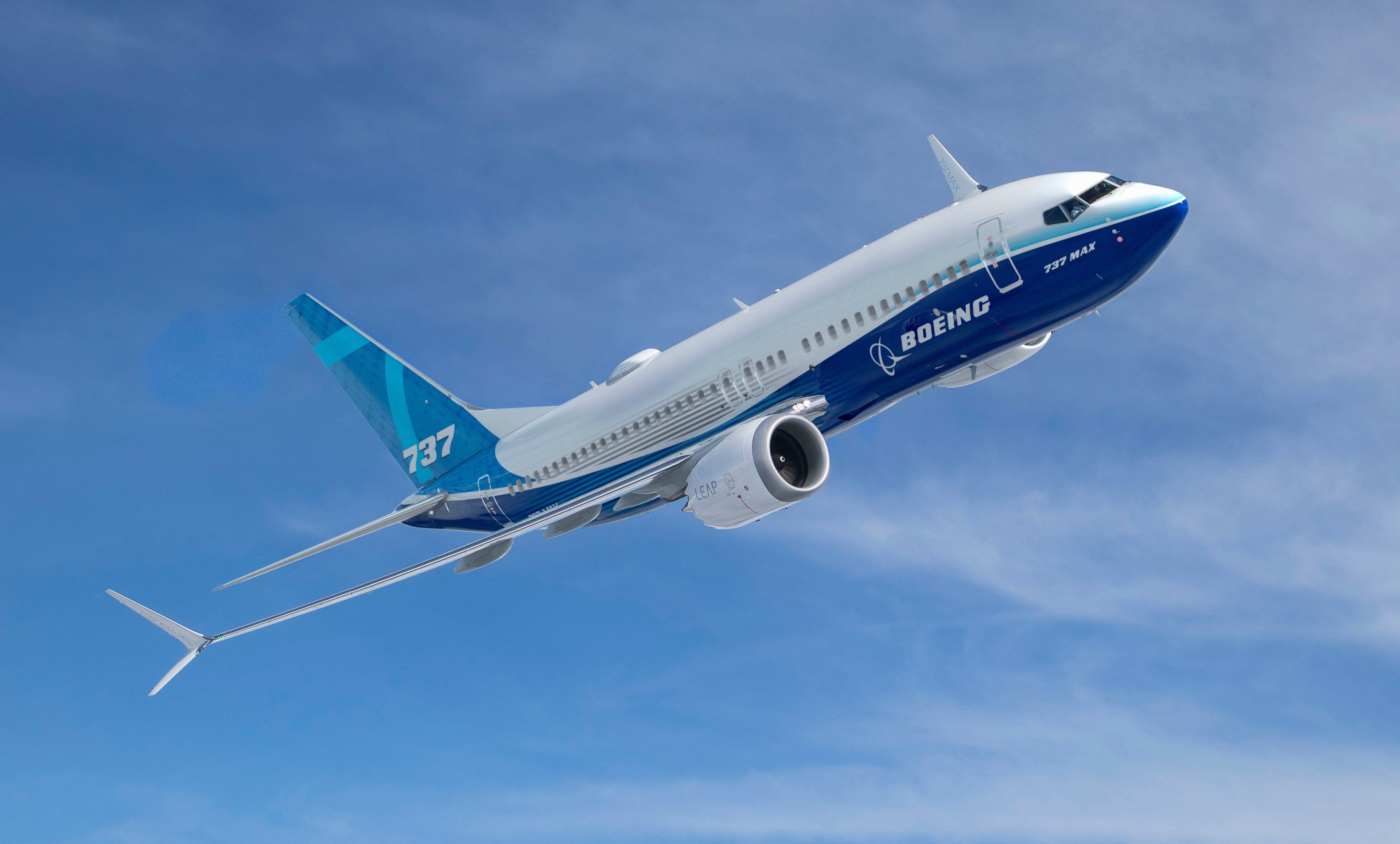Boeing (BA 0.32%) bagged 1,550 gross orders in 2014 valued roughly at $247 billion. The top three orders by value (shown in the following chart) accounted for approximately $90 billion, or more than 36% of the total gross order value at list prices. Boeing doesn't break out its net orders and doesn't name some of its customers. But even with these constraints, a deeper look into Boeing's order trends and its top three orders could give investors important clues about the future direction of the commercial aviation industry. Here are four key trends the Boeing's 2014 order wins revealed.
Boeing's top three gross orders. Source: Boeing. Chart by author.
1. Asia is gaining importance
In its recent market outlook, Boeing says air traffic is growing rapidly in Asia. While in 1993 North America and Europe accounted for 73% of air traffic, the two regions will make up only 38% by 2033. Asian airlines are ordering more aircraft to cater to the continent's expanding aviation industry. This became clear in Boeing's 2014 order wins -- all three of its biggest orders were from Asia.
Boeing's overall order trend also underscored Asia's importance. Asia accounted for the lion's share of the ordered units and the order value in 2014:
Breaking out Boeing's 2014 gross order units (left) and value (right). Source: Boeing. Charts by author.
2. Middle Eastern airlines are growing fast
Two out of the top three orders were from Middle Eastern airlines -- Emirates and Qatar Airways. Located in a strategically important spot, the Middle Eastern nations serve as hubs and are seeing growing demand from both domestic and international air travelers. According to a Wall Street Journal report, the three major Gulf airlines -- Etihad, Emirates, and Qatar Airways -- have seen passenger traffic growth in the past two years that well exceeds that of other global airlines. Etihad has seen a 43.3% increase, followed by Emirates with 34.2%, and Qatar Airways with 27.3% growth. British Airways, in fourth place, trails far behind at 11.9%. It's little surprise that Gulf airlines emerged as the top buyers of Boeing planes.
Boeing divides the global market into 12 regions, and going by these, the Middle East ordered the second largest number of planes after Europe. In terms of value, the Middle Eastern airlines gave Boeing the most business in 2014.
Regional breakout of Boeing's 2014 gross order units (left) and value (right). Source: Boeing. Chart by author.
3. Boeing 777s win the biggest orders
The 777 family is Boeing's most popular wide-body plane and its largest revenue driver. Carriers prefer to fly wide-body aircraft on long routes with heavy traffic, and they also carry a bigger price tag than their narrow-body counterparts. The list price of 777-300ER is $330 million, compared with the 737-800, which comes for $93 million. Plane makers sell fewer wide bodies, but they generate revenue comparable to that of narrow bodies, which sell in bulk. Boeing's top three orders by value consisted entirely of wide-bodies -- the 777s and 787s, with 777s accounting for the lion's share. All of the top three customers opted for the upgraded version of the 777 that Boeing is currently building. Known as the 777X, the new planes will enter service in 2020.
The 777 family ranked second, trailing the 737, in terms of the gross orders Boeing won in 2014. The value of gross wide-body planes ordered (747, 767, 777, and 787 combined) was similar to that of the 737 narrow-body planes. In its order list, Boeing doesn't break out the specific models for the 737 Max, so for our analysis, we've taken the list price of the family's most popular model, the 737 Max-8:
Model-specific breakout of Boeing's 2014 gross order value. Source: Boeing. Chart by author.
4. Boeing 737 is missing from top 3, but ...
The 737 is Boeing's best-selling plane. It doesn't feature in the top three orders by value, as, again, the list price of 737 planes is lower than that of wide bodies. But looking at overall orders, both in terms of gross order units and value, it remained Boeing's most important aircraft program. Boeing is reengineering the 737 by fitting new engines and increasing the plane's fuel efficiency. The new model, the 737 Max, has enjoyed a warm reception from airline operators, as 97% of the 737 gross orders were for the upgraded version. The 737 Max is scheduled to enter service in 2017.
Model-specific breakout of Boeing's 2014 gross order units. Source: Boeing. Chart by author.
Summing up
Boeing's top three orders by value and the general ordering trend at the aero major offer insights that should help investors better understand the commercial aviation industry. In particular, to gauge Boeing's future growth prospects, investors need to keep an eye on the developments in the Asian market, performance of Gulf operators, and Boeing's 737 and 777 aircraft programs.











